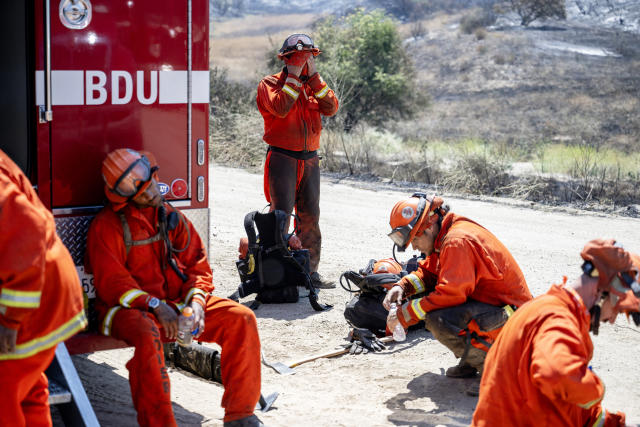Latest reports show that Tuesday marked the 19th day the city of Phoenix has been subjected to temperatures of at least 110F (43.3C) – the longest stretch of time spent in such brutal heat – as record-breaking summer weather continues to affect millions in the US and around the world.
Phoenix, which is the fifth biggest city in the US, with a population of about 1.6 million that is only expected to grow in the coming years, is known to always rank as the hottest or one of the hottest.
However, pushing into new territory comes with amplified risks to human health, especially for those forced to endure the extreme conditions for longer periods of time. The previous record of 18 days at that temperature threshold was set in the city in 1974.
According to reports, Phoenix, where dangerous heat can stretch from April to September, will not get a reprieve soon.
“The well-documented record heatwave will continue across the region through this week and likely beyond as an Excessive Heat Warning remains in effect through Friday evening,” the National Weather Service warned in a forecast issued on Tuesday afternoon. The agency has cast each of the coming days this week in the “extreme” category, the highest level that signifies everyone who is exposed is at risk.
Read also: Study finds underground climate change’ deforming ground beneath buildings
The city’s residents are used to hot weather but as temperature highs and lows continue to break records, risks are rising. Along with longer stretches of scorching days, nights are growing hotter, offering limited relief.
Heat-related fatalities are said to have risen sharply over the last two years, culminating with 425 deaths in 2022, and city officials are racing to ensure this devastating trend does not continue. There have been 12 heat-related deaths in the Phoenix area so far in 2023, with 55 other deaths currently under investigation, according to the Maricopa county health department.
Heat is the most deadly disaster in this region, but its impacts highlight a deep divide. Fifty-six per cent of those who succumbed to the heat last year in Maricopa county were unhoused. Of the people who died indoors, all of them were living in homes and buildings that were not cooled.
The county’s statistics also show that the differences run along racial lines. Only 6.8% of Maricopa’s population is Black, but 11% of heat-related fatalities were Black people.
Story was adapted from the Guardian.
